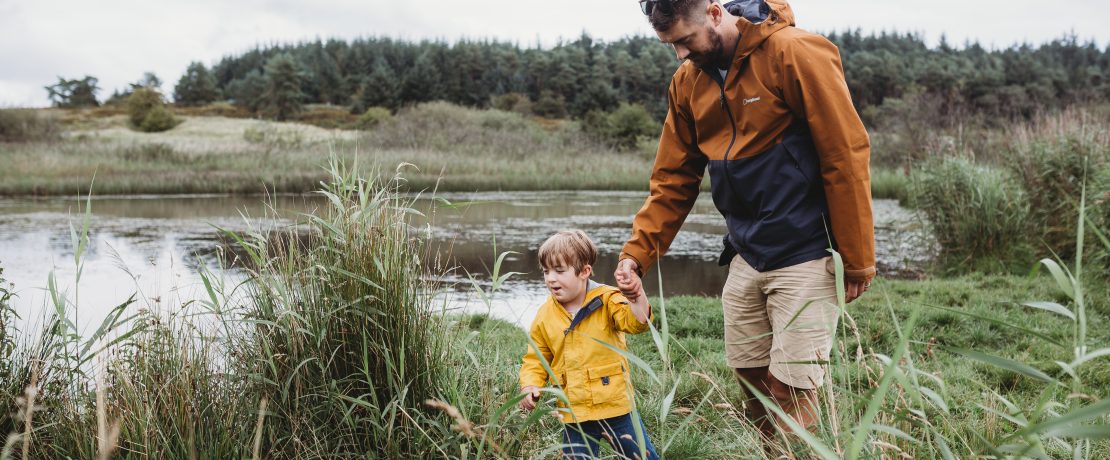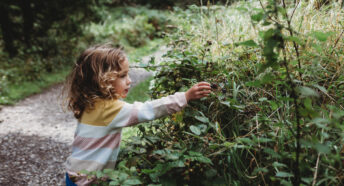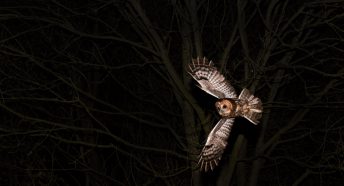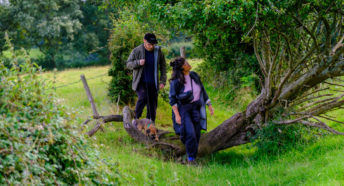A dip into pond life
In spring it’s often the arrival of birds and budding bulbs that takes the eye. But look closer – nature is on the move under water too. Mark Ward encourages you to look deeper.
The end of winter often sees us look to our homes to start all sorts of projects, and building garden ponds is a particularly common distraction. Now’s the time to take advantage of that or any small areas of still water near you, as spring kicks in and you can see the new season coming into life.
Whether it’s a new pond or a well-established one, spotting the wildlife in and around this special habitat is a great way to make those nature connections that many have come to appreciate even more during the pandemic. Remember to always stay safe around water and heed warnings of local hazards.
New life
Finding frogspawn is one of the highlights of exploring a pond in spring: one of the signs that nature is waking up. Frogs often return to the ponds where they were spawned to breed themselves, in shady, shallow water with some plants in. If you have your own pond, however small, make sure you have shallower edges if you want to encourage frogs to make it their base. There may be so many clusters that they merge to become one large jelly mat.
As spring advances, you should see tadpoles hatch and slowly change into frogs. The common frog is actually now not so common in many parts of the country, threatened by agricultural pesticides, the draining of wetland and filling-in of small ponds. So even a little pond in a small space can help. Just sink a shallow bowl in some earth with some gravel on the bottom and some plants and stones around the edge to help creatures get in and out easily.
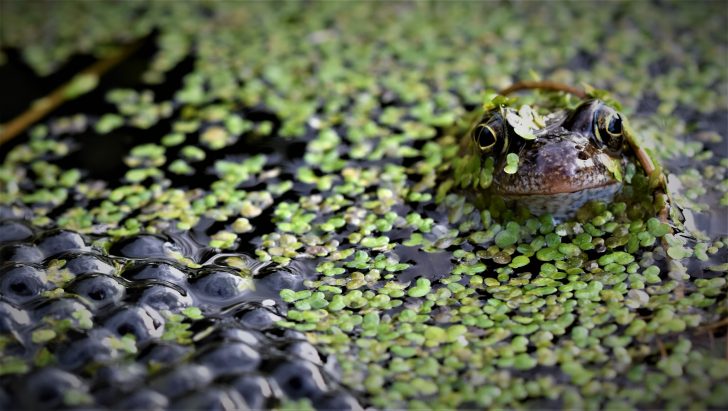
Toad talk
If the spawn you’re looking at is in strings rather than mats, it’s toad spawn rather than frogs’. Toads often migrate some distance to return to mate in the pond where they started out.
At this time of year some volunteers set up special toad patrols and mark toad crossings to try to make sure toads don’t get squashed as they single-mindedly march across any main roads or lanes in their path to get back to ‘their’ pond.
Although they emerge from ponds, once grown, toads spend much of their year in moist, shaded places, often in woodland, in amongst dead leaves and logs feeding on worms, slugs and insects. Toads tend to be larger than frogs, as well as having shorter legs, and their skin is dry and ‘warty’ – when they are threatened, these warts secrete a vile-tasting substance. The really distinguishing part if you don’t have a handy frog for comparison – or want to avoid threatening a toad – is that toads walk or crawl, whereas frogs hop.
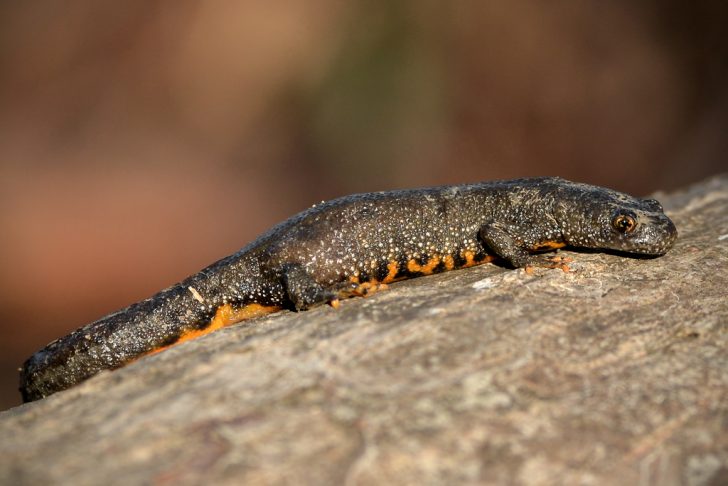
Newt news
UK also has three species of newt; the commonest being the smooth newt. They are brown with spotty, orange bellies with the spots extending up the throat. Breeding males have a wavy crest along their backs. Newt eggs are laid individually with each egg wrapped in pond plant leaves.
If you’re looking in a pond once tadpoles have developed, you’ll be able to tell newt tadpoles as they develop their front legs first and have feathery gills behind their heads. In late summer, the adults leave the water and can often be found sheltering in damp grassland or beneath logs and rocks.
Great crested newts are our largest newt species: named for the breeding males developing a toothed crest along their backs and a white stripe towards their tail tip. This species has declined seriously in recent decades and so strongly protected by law.
Our smallest newt is the palmate newt named after the webbed hind feet of breeding males. You’re more likely to catch sight of one of them if you’re on heathland as they prefer shallow, boggy ponds.
Emerging insects
All these frogs, toads and newts are carnivores so eat insects and other invertebrates found around ponds. Many of these are semi-aquatic, spending much of their lives as larvae under water before briefly emerging as adults.
Pausing by a pond in summer, you’ll likely to see dragonflies and their smaller more elegant damselfly cousins darting over the pond surface. There are also often columns of smaller more delicate species such as caddis flies, may flies and midges swarming above the water.
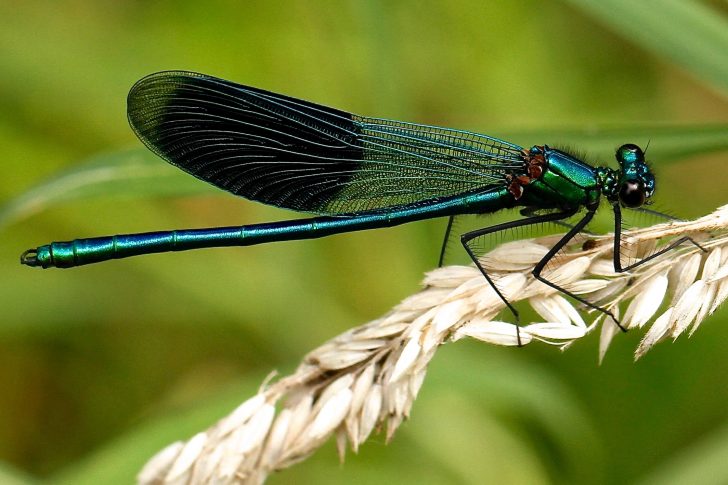
All these species start life in ponds, as nymphs or larvae that hatch out of eggs that the adult flies leave in the water. If you have a small pond net and trawl it along the pond bottom and empty it into a water-filled bucket you’ll be able to see them more easily. Identification can be tricky but the Field Studies Council and Buglife publish excellent guides to help you.
Sheltering under water
Larvae stages are usually safer in water but ponds can present problems of their own: water levels can get very low once the weather gets warmer and clever adaptations are needed to overcome these challenges. If you’ve a pond in your outside space, do make sure it gets topped up if we haven’t had much rain, preferably from a water butt.
Non-biting midge larvae are particularly well adapted to living in precarious ponds. These small worm-like creatures bury in the mud, feeding on decaying matter. Up to one centimetre in length, they are often bright red in colour and are known as ‘blood worms’. Although they’re not worms, this name is very appropriate as the red pigment is haemoglobin – the same molecule that binds with oxygen in our own red blood cells. This allows the larvae to hold onto any oxygen in the water if it is in low supply – as such their presence can be an indicator of organic pollution, such as sewage.
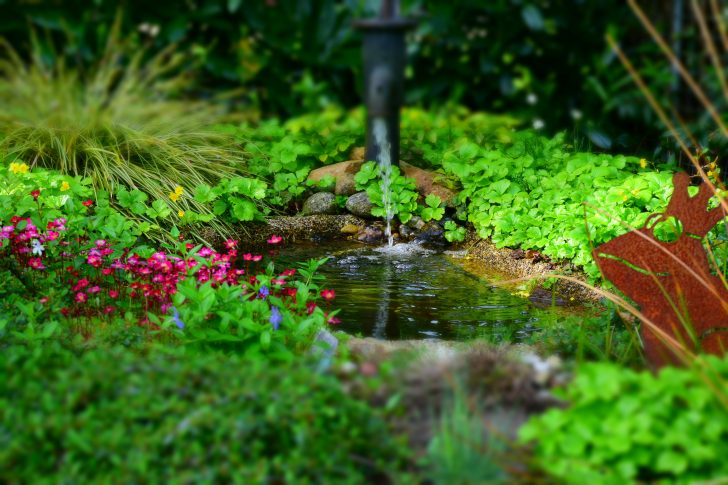
Other more active larvae, such as those of mayflies, damselflies and dragonflies, need more oxygen as they swim or crawl around searching for food. They are called nymphs and look very much like smaller versions of the adult flies except they have no wings. They also often have gills that jut out along their abdomens or cluster around their tail end.
Unlike midge or other flies, they don’t pupate before changing into an adult but will crawl out of the water and shed their external skeleton to emerge as an adult. Wings then unfold and dry before they fly off.
Mayflies only live for a day or two as adults after several years as underwater nymphs. Their only aim as adults is to mate and lay eggs.
Other insects are more or less permanently aquatic, with the larvae and the adults both living underwater. Both water beetles and water boatmen, with their long oar-like hind legs, can be spotted swimming up and down in the water.
The adults of these two species don’t have gills so need to get air from the surface to survive. Water boatmen coat their bodies in a sheen of air and some water beetles will often have a bubble air at the end of their abdomen which they constantly have to return to the surface to replenish.
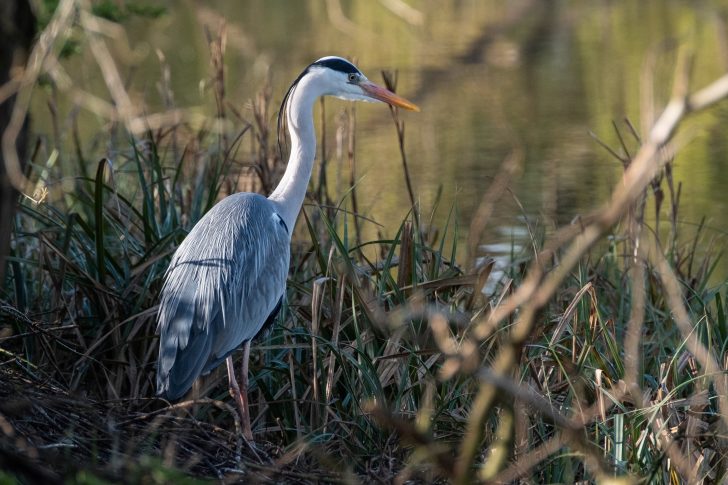
Pond predators
All these tiny aquatic denizens, of course attract other predators as well as amphibians. Dragonfly nymphs and water beetles are themselves voracious feeders on other invertebrates, but larger predators will also enjoy the rich pickings on offer.
Some ponds may have fish in them, such as sticklebacks, which will in turn attract birds like the majestically prehistoric-looking heron or maybe even a passing otter. The flies emerging from the water are ideal food for swooping swallows, martins and swifts. If you visit ponds at dusk you may even be lucky enough to see Daubenton’s bat, often called water bats, that feed on night-flying insects like caddis flies.
So do take the time to pause and gaze into your nearest pond. Whether a natural pond or a bowl in your garden, you’ll be sure to find a world within it.
If you find frogspawn you can record it online at the Nature’s Calendar website set up by the Woodland Trust.
This project tracks the effects of weather and climate change on wildlife across the UK. Frogspawn is just one of 69 wildlife events recorded for the project.
Interested in helping toads? Visit the Froglife website for information about volunteering on a toad patrol.
Dr Mark Ward is Somerset Wildlife Trust’s Brilliant Coast Project Manager. You can learn more about the great work being done by the Wildlife Trust and their Brilliant Coast project on their website.
